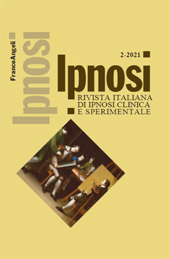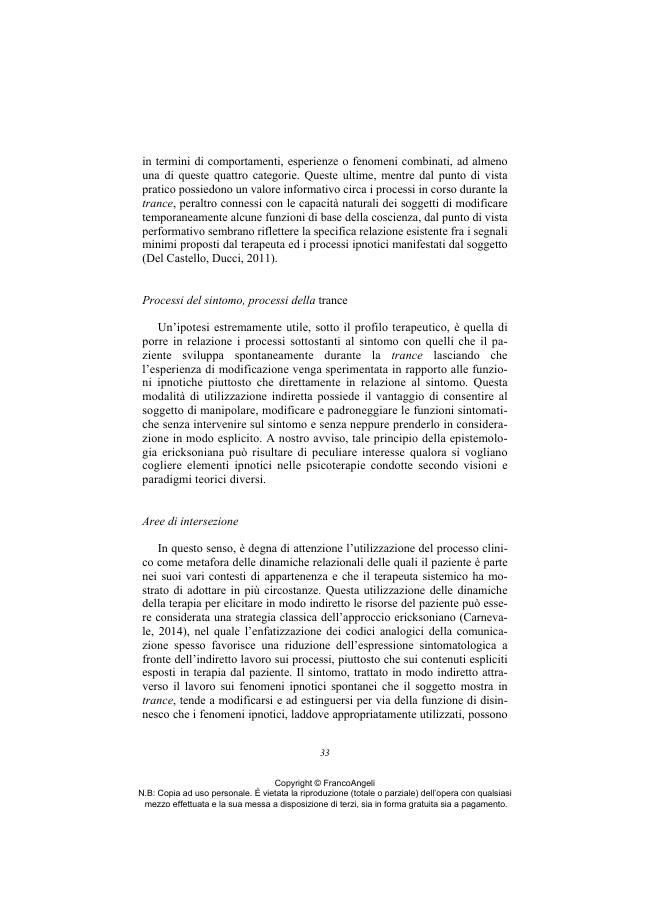L'uomo che non c'era
P. 26-40
Questo lavoro rappresenta un primo contributo volto all'individuazione di comunicazioni ipnotiche nell'ambito di approcci terapeutici di diverso orientamento. In particolare, è un tentativo di addentrarsi nell'analisi di un caso clinico condotto secondo un modello sistemico-relazionale, allo scopo di evidenziare gli aspetti ipnotici che, in modo spontaneo e non consapevole da parte del terapeuta, hanno attraversato il processo terapeutico. Ciò al fine di valutare se, in un'ottica di integrazione, tecniche e comunicazioni ipnotiche possano essere proficuamente adottate da terapeuti di impostazione diversa da quella ericksoniana, se non già in parte implementate, anche se in maniera inconscia. [Testo dell'editore]
It is currently believed that addiction is a complex behavioral disorder that is influenced by biological, psychological, sociological factors, and that, as such, must be seen from a biopsychosocial perspective. The authors believe that there may be two main “magnets” that first stimulate and then stabilize addiction, fa-voring its relapse: the attempt to carry out a self-therapy of one's affective dysregulation (alexithymia) and the activation of the memory of pleasure. After presenting a brief review on the use of hypnosis in the treatment of addictive disorders, the authors expose their own technique, Reverse Systematic Desensitization, illustrating it through a clinical case. The effectiveness of the technique in re-ducing the thought of the substance, therefore craving and relapse, is associated with an increased rate of maintained successful treatment. [Publisher's text]
Fa parte di
Ipnosi : 2, 2021-
Articoli dello stesso fascicolo (disponibili singolarmente)
-
Informazioni
Codice DOI: 10.3280/IPN2021-002002
ISSN: 1972-4985
PAROLE CHIAVE
- Ipnosi, paradigma sistemico-relazionale, tecniche ipnotiche, iso-morfismo, relazione terapeutica, metafora
- hypnosis, systemic-relational approach, hypnotic techniques, isomor-phism, therapeutic relationship, metaphor



